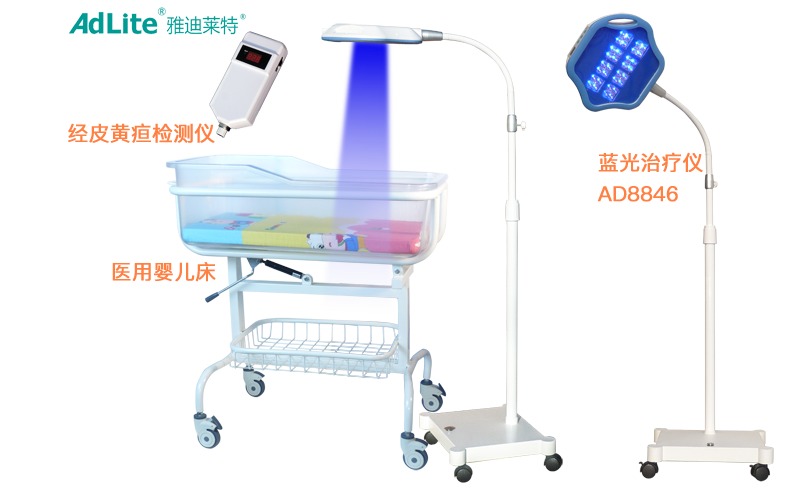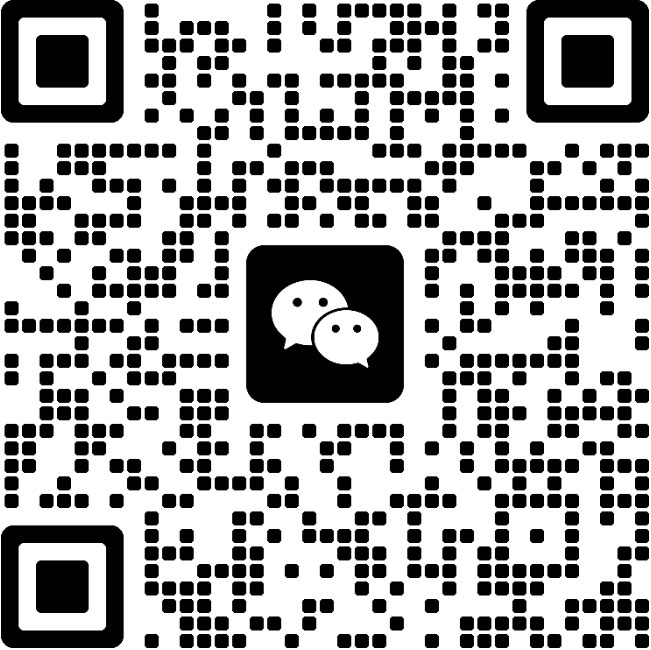Enhanced phototherapy can reduce TB by at least 2-3 mg / dl (34-51 μ mol / L) within 4-6 hours. A decrease in TB was detected 2 hours after treatment. For infants aged 35 weeks and older, 24-hour intensive phototherapy can reduce the initial TB by 30% - 40%. Traditional phototherapy is expected to reduce TB by 6% - 20% in the first 18-24 hours.
Term infants without risk factors
● indications for phototherapy – for infants with gestational age greater than or equal to 38 weeks of gestation, the TB thresholds for initiation of phototherapy are as follows:
· 24 hours after birth: more than 12 mg / dl (205 μ mol / L)
· 48 hours after birth: more than 15 mg / dl (257 μ mol / L)
· 72 hours after birth: more than 18 mg / dl (308 μ mol / L)
If TB levels are below the recommended level of 2-3 mg / dl (34-51 μ mol / L), they can be treated with light emitting diodes (LED) at home or receive conventional phototherapy.
● indications for exchange transfusion – for infants with gestational age of 38 weeks or older, the TB thresholds for exchange therapy are as follows:
· 24 hours after birth: more than 19 mg / dl (325 μ mol / L)
· 48 hours after birth: more than 22 mg / dl (376 μ mol / L)
· 72 hours after birth: more than 24 mg / dl (410 μ mol / L)
At any age more than 72 hours after birth: 25 mg / dl (428 μ mol / L)
In addition, when TB (mg / dl) / albumin (g / dl) ratio is greater than 8 or TB (μ mol / L) / albumin (μ mol / L) ratio is greater than 0.94, combined with TB value, exchange transfusion therapy can be considered. In our practice, for asymptomatic full-term infants (gestational age ≥ 38 weeks) whose age is less than 48 hours and whose TB is greater than 20 mg / dl (342 μ mol / L), if serum albumin is less than 3 g / dl and fails to respond adequately to phototherapy, exchange transfusion should be considered. According to our experience, these infants usually develop hemolytic diseases, and the risk of neurotoxicity is higher than that of newborns older than 4 days.
For term infants with TB more than 25 mg / dl (428 μ mol / L), neurological manifestations (such as bind score) should be closely monitored. For these children, if the emergency vehicle phototherapy (i.e. emergency and high intensity phototherapy) is ineffective or symptomatic, blood exchange therapy is required.
Term infants with risk factors or late preterm infants without risk factors
● indications for phototherapy - full term infants with hyperbilirubinemia risk factors (gestational age ≥ 38 weeks) or late preterm infants without risk factors (gestational age: 35-37 + 6 weeks), phototherapy should be started at the following TB values according to the age of the children:
· 24 hours after birth: more than 10 mg / dl (171 μ mol / L)
More than 222 μ mol / L after birth (48 μ mol / L)
· 72 hours after birth: more than 15 mg / dl (257 μ mol / L)
For infants with gestational age close to 35 weeks, the intervention threshold can be lower, and higher for infants with gestational age close to 37 + 6 weeks.
* indications for exchange transfusion - term infants with hyperbilirubinemia risk factors (gestational age ≥ 38 weeks) or late preterm infants without risk factors (gestational age 35-37 + 6 weeks) need exchange therapy according to their age at the following TB values:
· 24 hours after birth: more than 16.5 mg / dl (282 μ mol / L)
· 48 hours after birth: more than 19 mg / dl (325 μ mol / L)
· 72 hours after birth: more than 21 mg / dl (359 μ mol / L)
For infants with gestational age close to 35 weeks, the intervention threshold can be lower, and higher for infants with gestational age close to 37 + 6 weeks.
In addition, when TB (mg / dl) / albumin (g / dl) ratio is greater than 6 or TB (μ mol / L) / albumin (μ mol / L) ratio is greater than 0.72, combined with TB value, exchange transfusion therapy can be considered. In our practice, if the serum albumin is less than 3 g / dl and fails to respond adequately to phototherapy, exchange transfusion therapy should be considered for newborns whose age is less than 48 hours and TB is greater than 17 mg / dl (291 μ mol / L, 95th percentile).
Full term infants with risk factors or late preterm infants readmitted for TB greater than 20 mg / dl (342 μ mol / L) need to be closely monitored for neurological performance (e.g., using bind score). For these children, if they do not respond to emergency cart phototherapy (i.e., emergency high-intensity phototherapy) or have symptoms, exchange therapy is required.
Late preterm infants with risk factors
● indications for phototherapy – for late preterm infants with risk factors (gestational age 35 weeks to < 38 weeks), phototherapy is initiated at the following TB values according to the age of the child:
· 24 hours after birth: more than 8 mg / dl (137 μ mol / L)
· 48 hours after birth: more than 11 mg / dl (188 μ mol / L)
· 72 hours after birth: more than 13.5 mg / dl (231 μ mol / L)
● indications for exchange transfusion - for late preterm infants with risk factors (gestational age 35 weeks to < 38 weeks), exchange therapy is required at the following TB values according to the age of the child:
· 24 hours after birth: more than 15 mg / dl (257 μ mol / L)
· 48 hours after birth: more than 17 mg / dl (291 μ mol / L)
· 72 hours after birth: more than 18.5 mg / dl (316 μ mol / L)
In addition, when TB (mg / dl) / albumin (g / dl) ratio is greater than 5.8 or TB (μ mol / L) / albumin (μ mol / L) ratio is greater than 0.65, exchange transfusion therapy can be considered. In our practical work, if the age of the newborn is less than 48 hours and TB is more than 15 mg / dl (257 μ mol / L, 75th percentile), if the serum albumin is less than 3G / dl and the phototherapy does not achieve sufficient effect, exchange transfusion therapy should be considered.







